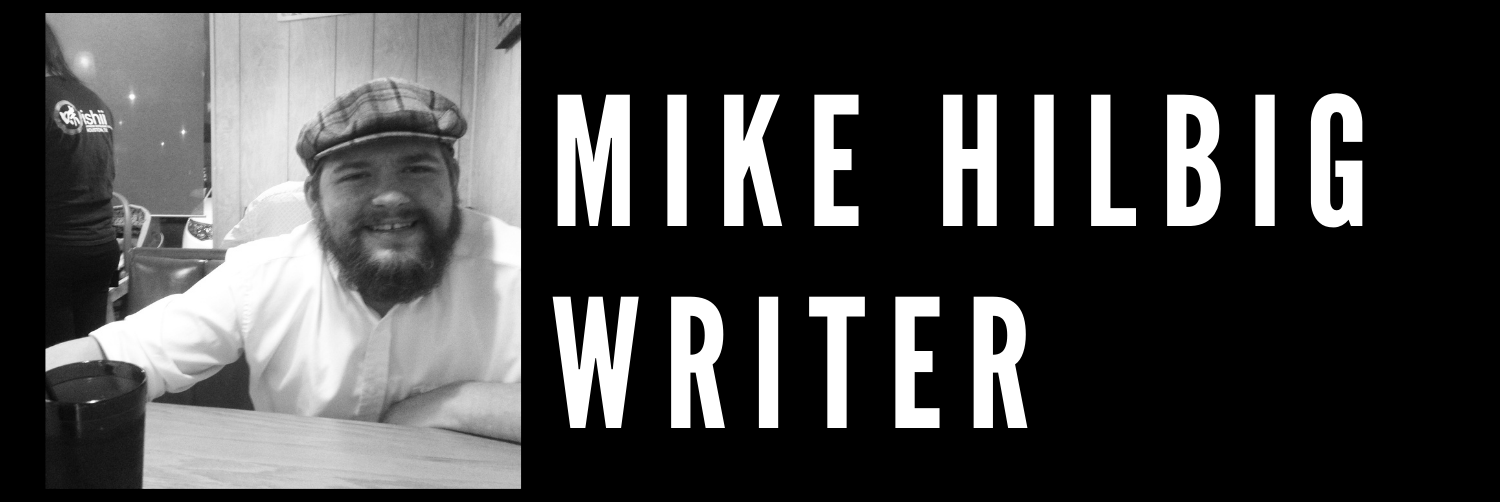“Shit, a city is the perfect place to forget about culture.”–Professor Threat
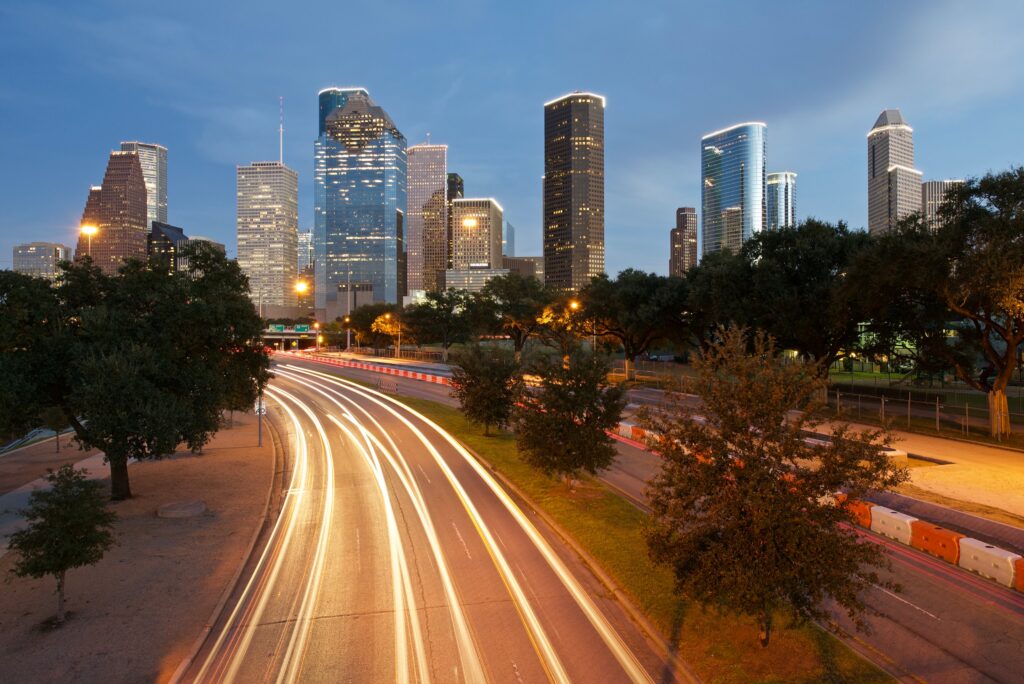
Most of the stories in my short fiction collection Judgment Day & Other White Lies, forthcoming from Madville Publishing in Feb. of 2022, are set in my hometown: Houston, TX. Like the old writing cliché advises to “write what you know,” the practical reason my first book mostly takes place in Houston is because it is the city I know best, and therefore, the geography of its streets are fully integrated into the geography of my thinking. Yet, there are thematic reasons Houston works as a location for a collection dealing in themes of deconstructing the colonial identity of whiteness and repurposing cultural myths to demystify ruling narratives: primarily, Houston is a site of envy and forgetting.
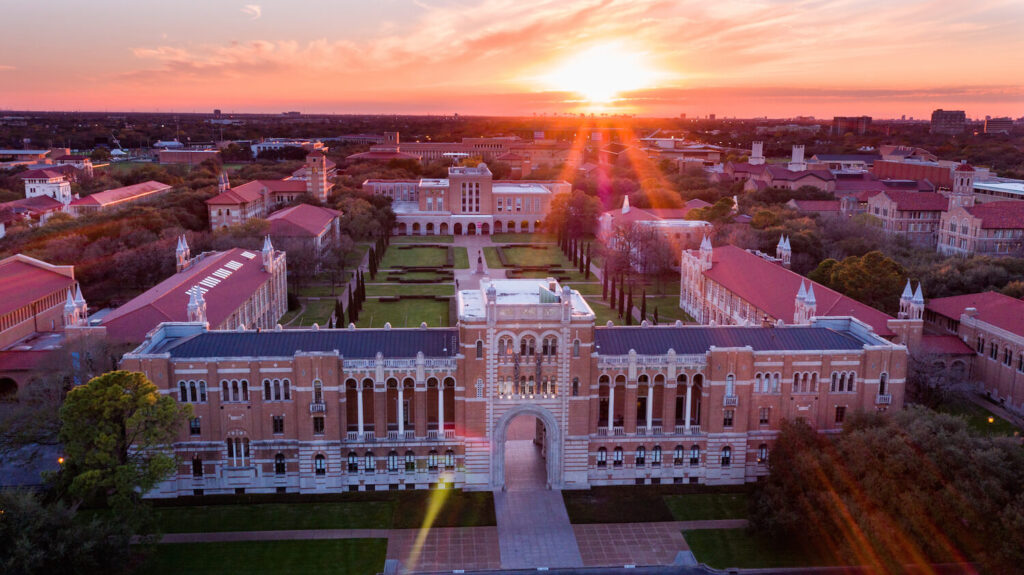
As Houstonians will never fail to remind you that Houston is the 4th largest city in America, often scoffing at the idea that Los Angeles has worse traffic, or that New York’s art scene is that much more prolific than our own, or with the discussion of how its prestige university Rice is like an Ivy League college in the South, Houston is a city consumed by its inferiority complex. Similarly, whiteness as an identity type promotes its own inferiority complex which manifests as faux-superiority, as Professor Threat notes in “Per-C and ‘Dusa: A Narrative Representation of a Graphic Epic by Angela Ames, PhD,” when it appropriates the struggle and oppression of other cultures in a fatalistic way. Because of this sort of imposter syndrome inherent in whiteness, it can disregard real accusations of oppression in truisms that are quickly falsified with any real strutural critique, like how claims of “reverse racism” fall apart, as Threat would also note, because of how slurs like “cracker” are actually based in the idea of white men cracking whips across slaves’ backs and would not exist without the pre-existing racist structure built by white capitalists.
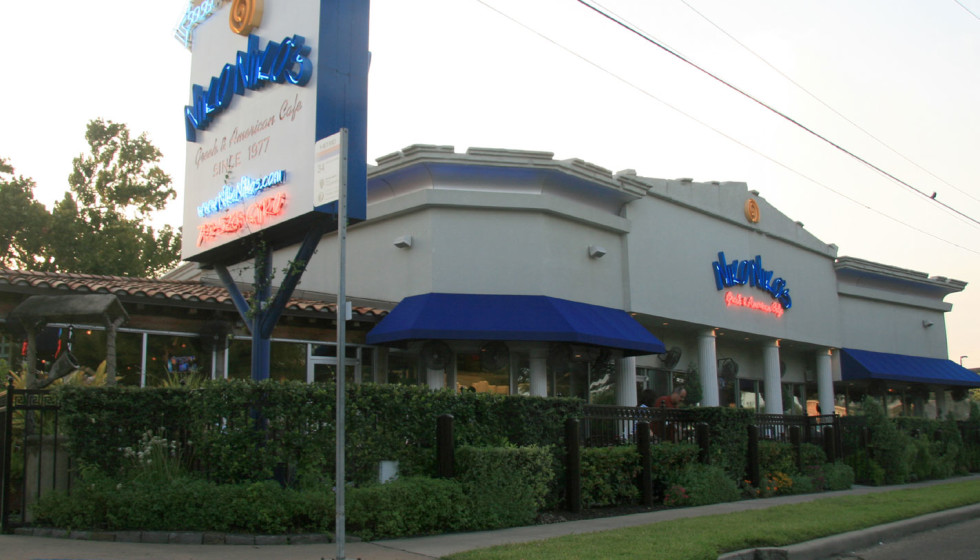
Additionally, Houstonians will often note that Houston is the most diverse city in America, a diversity that serves its food culture well, as you can get almost any kind of cuisine you can imagine in Houston at a restaurant run by immigrants, like the Greek cafe Niko Niko’s on Montrose Blvd., which receives a mention as Orestes’ and his father’s favorite restaurant in “Fury, or a Matricide in Sound.” Yet, for all the positives diversity brings the city, like its fairly tolerant attitude toward immigrants, even among many conservatives who live here, and its multicultural business and community meetings, Houston also remains a segregated city, where white neighborhoods on the West side of town are notably more developed architechturally than black and latino neighborhoods on the East side of town. Also, because of the gentrification of its urban neighborhoods near downtown, and because of its lack of zoning laws, and its relatively young status as a major city, Houston tends to favor the construction of new centers over the preserving of heritage, history, and tradition. It is hard to find historical buildings in the city, and demolition crews are frequently obstructions to avoid if you are stuck on the streets during traffic time. Therefore, when Professor Threat says “a city is the perfect place to forget about culture” when Angela Ames notes that she has never heard of the urban legend of the graffiti writer Per-C before, Houston comes to embody the construction of Per-C’s graffiti as an art form that favors erasure.
Of course, no place feels more like an erasure of itself these days than the setting of the first major story in the collection, “Fury, or a Matricide in Sound,” at the bar Rudyard’s Pub, or Rudz for short, on Waugh Blvd. Rudyard’s is a longtime neighborhood bar for the Montrose, which is historically a gay neighborhood in Houston that also had a fairly large arts and music community up until recently when due to increases to housing prices, many of the historical queer residents have finally abandoned the once working class neighborhood.
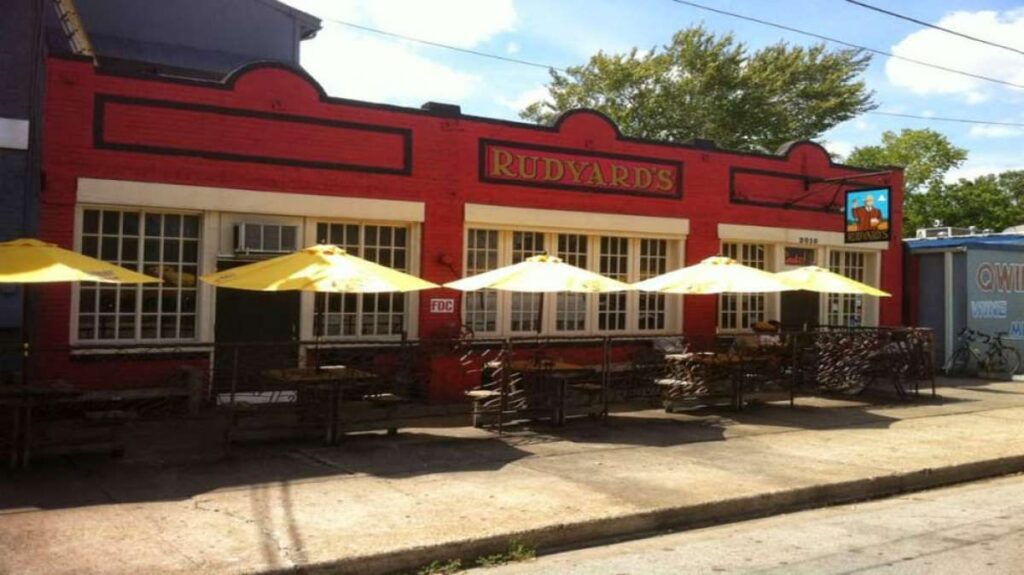
Similarly, Rudz, which has an upstairs stage, once was the home to many local and touring alternative music acts and now serves as a comedy club, in a metaphorical farce of itself, no longer booking music acts, to a crowd that increasingly contains more tech developers and oil company data analysts than it does the punk rockers, metalheads, and old queens who used to call Rudz home base. Not to mention that Rudz hired a whole new staff and got rid of many lifelong employees as they transitioned to adapt to the transition of the neighborhood.
So when Orestes helps his mother Dawn commit assisted suicide in an apartment around the corner from Rudz (based on an apartment I once lived in on Jackson Blvd. before it was sold to real estate developers who renovated and tripled the rent) before his band plays a tour kickoff party on the upstairs stage at Rudz, and after his mother and he have a fractal conversation that is in symmetry with the fractal architechture of the stories in the collection at his apartment before the show, Houston serves as yet another symmetry of magnitude where forgetting happens through misappropriations of both myth and history.
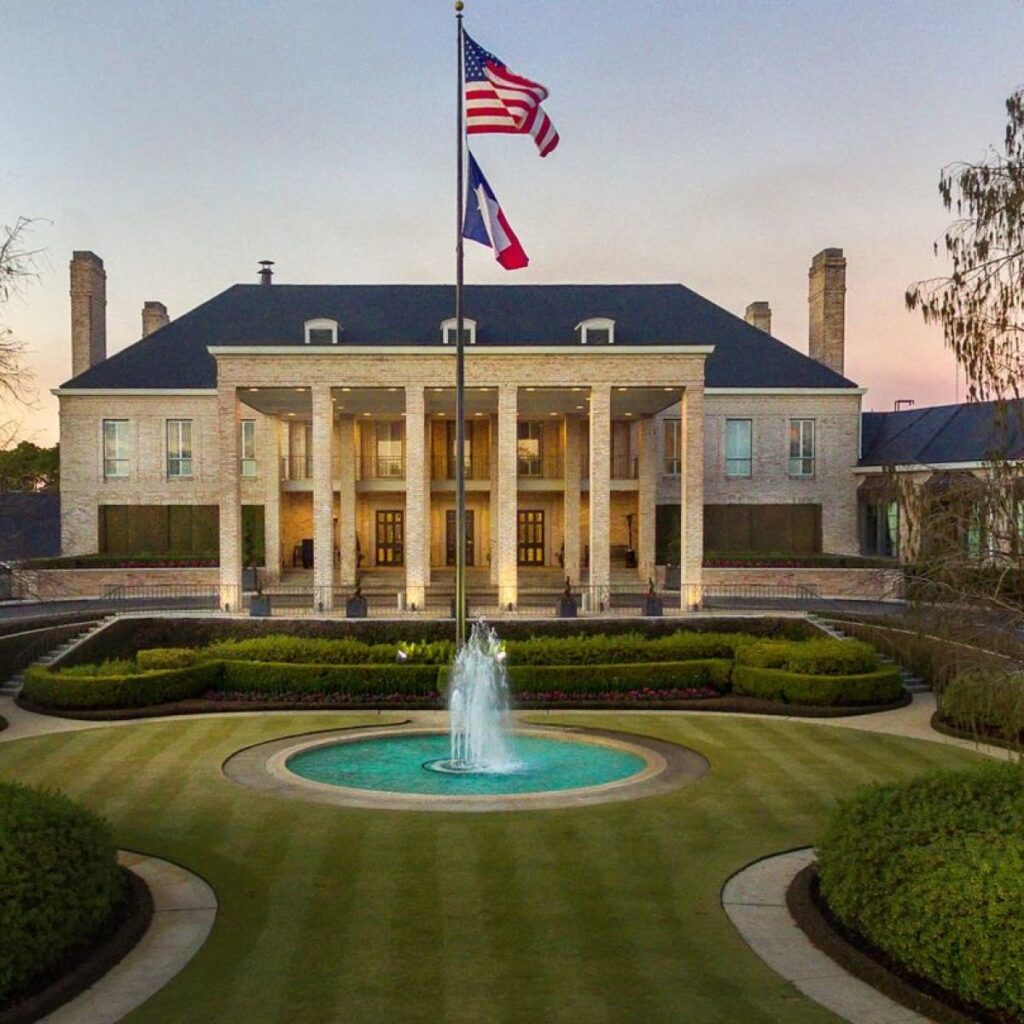
We also see misappropriation based on both envy and forgetting in “The Ballgame at Xibalba,” which takes place at a mansion in River Oaks, Houston’s most upper class neighborhood. In the story, Tex Randall, an oil tycoon and eccentric cult leader, schedules a basketball tournament on a court in his basement that he calls Xibalba, based on a Mayan myth from the Popul Vuh about a ballgame the tribe played outside the gates of hell. Tex claims that the appropriation of myth and human sacrifice serve to bring spirituality to the capitalist practice of ordering through hierarchy, while Big Daddy, one of the premier players in the basketball tournament Tex holds as a nihilistic religious ceremony, sees Tex as a man consumed by an envy that his physical traits will never matchup to his neverending bank account. In fact, the story hints at the idea that this might be the very reason he hoards money and worships the void.
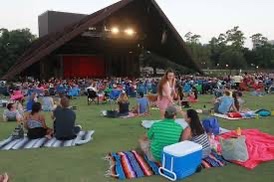
This void, in fact, is the setting for the culminating sequence of “Judgment Day,” where Stevie’s and Robert’s minds find unity in a dream and afterlife after Stevie smokes a hallucinogenic plant called Judgment Day and Robert smokes a hit of crack cocaine in seemingly separate dimensions that collapse on each other. Prior to that, Robert woke up in West Oak’s mental hospital with Stevie’s memories stuck inside his head and didn’t know how he had received them.
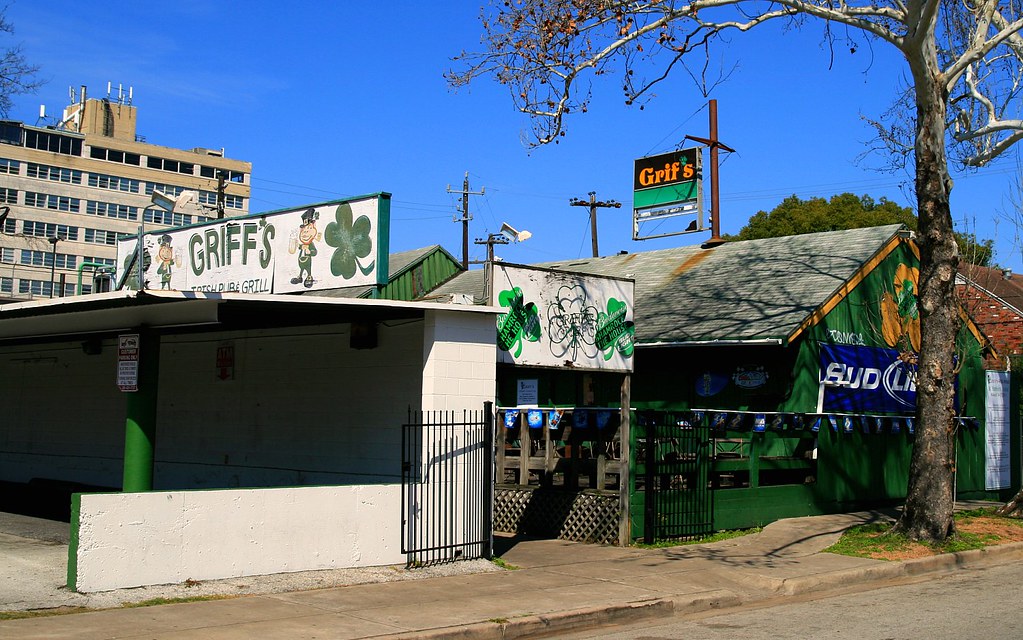
This crisis of identity is reflected in the city’s ongoing crisis of identity. As such, this story spans a range of the most Houston locations, from the mysterious man showing up masturbating on the hill at Miller Outdoor Theater in the opening sequence, to the Irish sports bar Griff’s that Stevie works at, to the park outside of the Menil where Stevie meets Rebecca while tripping on mushrooms and watching the sunrise with Titus, to Fleming’s Steakhouse in Upper Kirby where Robert and Betty fall out of love with each other, to Canino’s Farmer’s Market on Airline that was actually sold to real estate developers last year after I made a joke of the possibility of it happening in the story when I penned the first draft some 3 to 4 years ago, to the oldest historical black neighborhood in the city Freedmen’s Town where Robert goes to buy his drugs, the story of two men’s white identities stuck in one man’s white body and the ultimate apocalypse of self it induces, also fractally aligns with Houston’s struggle to gain recognition and its abandonment of traditional culture for real estate developer profits.
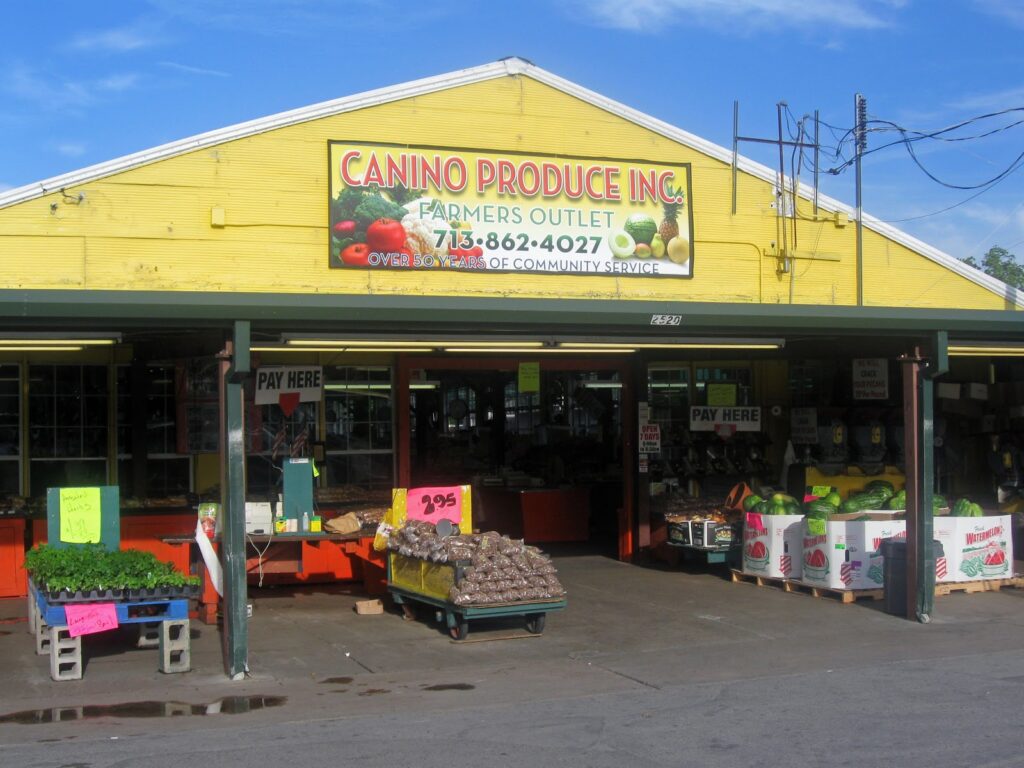
Of course, I don’t mean to go too hard on Houston here. As mentioned before, the city is my hometown, and it is also a place I love. But as the book discusses whiteness and the ways it ravages white people by stripping them of cultural practices far more meaningful than the raw culture of power accumulation that whiteness becomes once it has voided itself of more traditional cultural markers like ethnicity, food, dance, music, painting, and so forth, it is worth understanding how a new Houston, which is inclusive in more ways than just tolerating segregated immigrant populations, still struggles to be born from the white supremacist past all cities in this nation have suffered through because of the historical consequences of colonialism and capitalism.
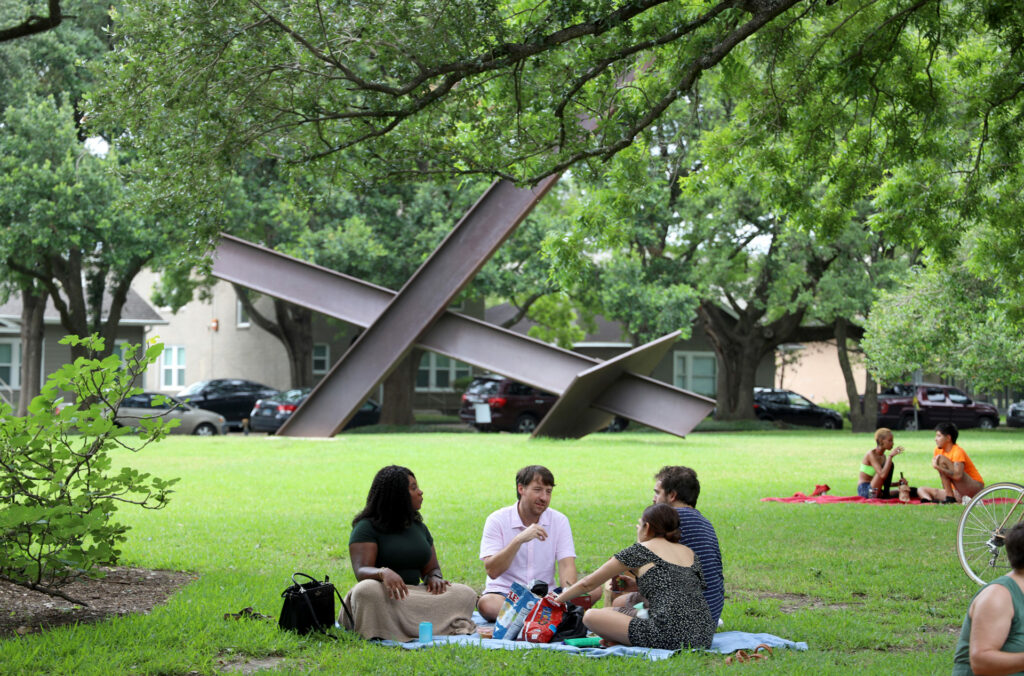
Therefore, the story of Houston is like the stories of whiteness the book unpacks, stuck in a feedback loop, struggling to find and retain the individuals who live within its structures’ beauty, even in the midst of all of its and their noticeable ugliness too. Which reminds me why I love Houston so much, and why I love stories about humans so much, because cities are manifestations of people’s hopes and dreams, and they are every bit as imperfect as we are, trying to figure out what justice means and what revolutions they will have to both struggle for and suffer through to find that justice in an apocalyptic spirit (here, I mean the traditional idea of an apocalypse as an uncovering more so than the popularized American idea of apocalypse as doomsday) that must always sweep away the old to make room for the new.
